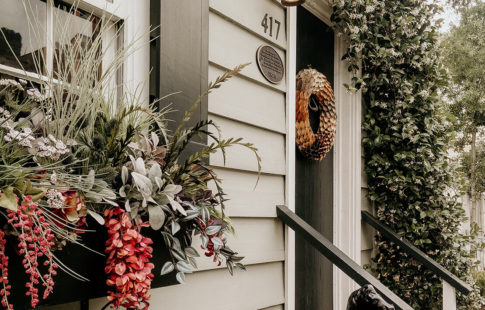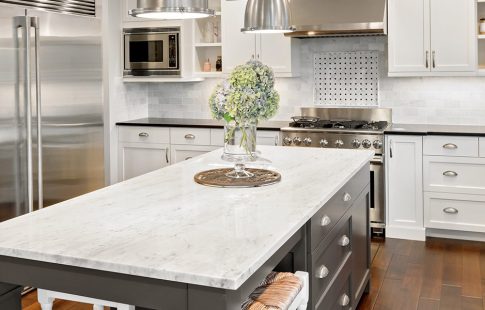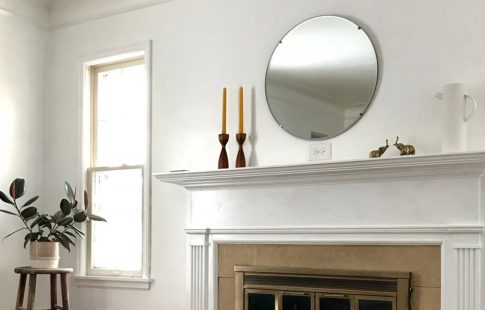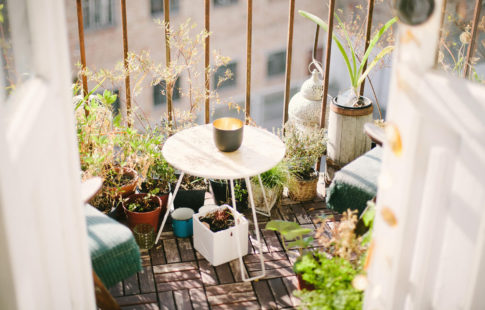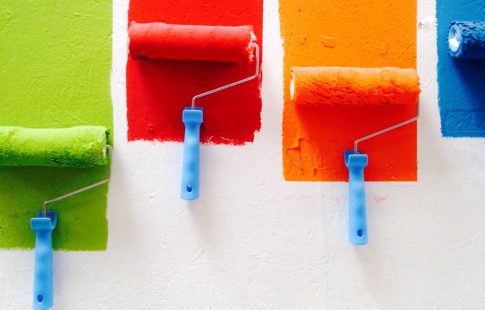It’s difficult to pick up home design magazine, scroll through Pinterest, or turn on HGTV without seeing beautiful patterns of wallpaper covering walls of homes. Wallpaper has made a comeback — and it’s not your grandma’s wallpaper we’re talking about here. Wallpapering options of today are chic, sophisticated, and statement-making for otherwise-plain. If you’re considering adding wallpaper to your home, here are a few tips to keep in mind.
1. Measure Accurately
Getting the correct measurements of your wall(s) is a crucial step in ensuring that you’ll have enough wallpaper to get the job done. And because wallpaper can be expensive, you likely don’t want to end up with too much left over.
- To calculate how much wallpaper you will need: Measure the length of the wall (or walls), and multiply the length by the room height.
TIP: Do not deduct for doors or windows to allow for pattern matching and trimming. - To determine how many rolls you will need: Divide the square footage of the room by the coverage for one roll of wallpaper. And, of course, round up.
TIP: If you’re able to return unused wallpaper, consider buying one additional roll.
2. Consider Removable Wallpaper
If you’re new to wallpapering or unsure you’re ready to fully commit, consider choosing a removable wallpaper option. It’s exactly what it sounds like: wallpaper that can be stuck on with a non-damaging adhesive — and easily removed and re-stuck again. The application process tends to be much quicker and easier, too.
3. Choose Wallpaper Patterns Wisely
Choosing a pattern for your wallpaper can be a difficult decision to make. First, consider the style of your space. Do you want it to look and feel traditional, modern, bold, or eclectic? Consider the size of the space; if it is small, subtle patterns or solids tend to work best and busy patterns tend to make a space feel even smaller. If your area is large and open, a more complex pattern could enhance the space.
4. Prepare Walls Before Applying Wallpaper
Before applying wallpaper to your walls, it’s important to thoroughly clean them. Make sure there are no oils, dust, mold, or chips of paint on the walls that could prevent the wallpaper from adhering smoothly. Once the walls are clean, allow enough time for them to dry before you begin applying wallpaper.
5. Install With Caution
If you’ve never wallpapered before or aren’t the best DIYer, consider hiring a professional to wallpaper your space. If you are up for the challenge, do your research online and take some time to properly prepare before you dive in so that you know things like what type of backing you want, and how to invest in quality paste. To get started, check out Family Handyman’s tips for wallpaper application.


